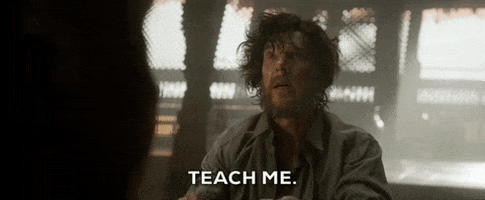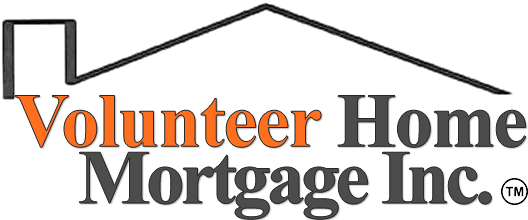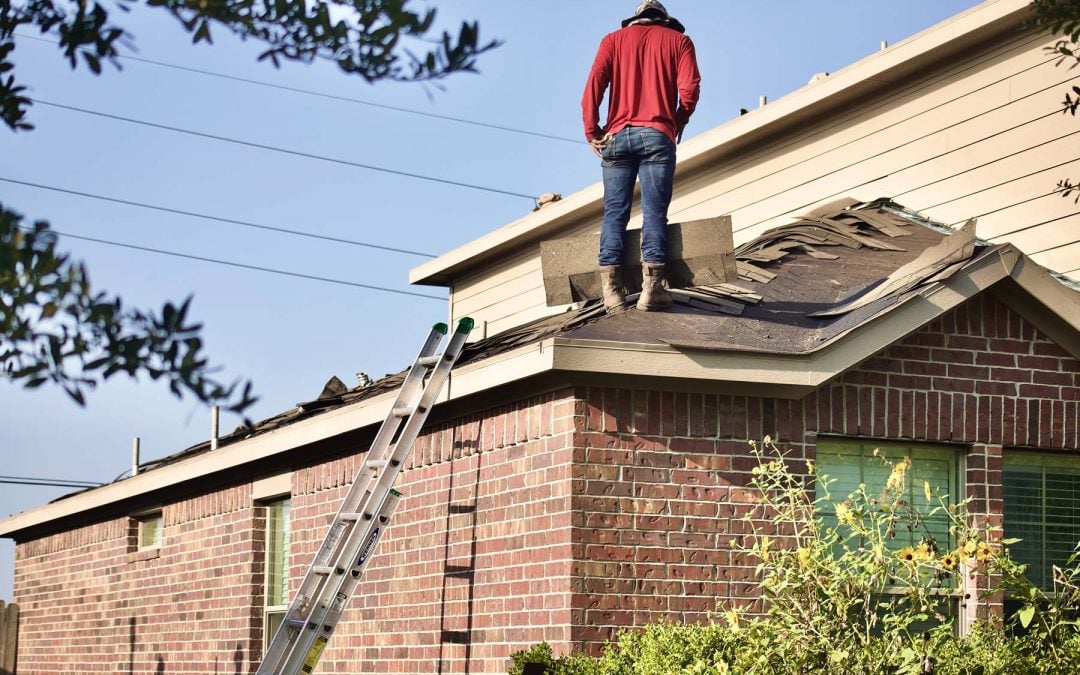When house prices shift, so do our standards for what we hope to buy. In this market, more people are having to consider houses that aren’t quite move-in ready. But if you’re already struggling to buy a house, you likely don’t have money saved for a bunch of repairs.
Thankfully, there’s a government-backed loan option that can help get you across the finish line.
If you have low credit or savings, an FHA 203(b) loan can be a great home mortgage option. You can qualify with a credit score as low as 500. And borrowers with a credit score of 580 or higher only need a 3.5% down payment.
We’ve written about FHA loans before, but there’s a major perk many homebuyers still don’t know about. It’s the repair escrow.
What is a Repair Escrow?

A repair escrow is an account established at closing to pay for repairs after closing.
Here’s how it often works: Let’s say a homeowner needs to make repairs on their house to sell it, but they don’t have the necessary funds. They could just lower the price, but this limits buyers who may not have money for the repairs either. Instead, the seller agrees to create an escrow account.
When the seller receives their funds at closing, some of the money is redirected to the escrow account. The buyer then uses these funds to complete the necessary repairs.
How do Repair Escrows Work with FHA 203(b) Loans?

The Federal Housing Administration (FHA) has standards a house has to meet to qualify for an FHA loan. If meeting those standards would require less than $5,000 in repairs, the lender can establish a repair escrow.
This is different from a traditional repair escrow in that it’s paid for by the lender and insured by the FHA. The seller doesn’t provide any of the funds.
The FHA 203(b) repair escrow can be a powerful tool as real estate prices rise. Lately, many buyers find that their only option is to buy a fixer-upper. And while fixer-uppers may be fun to watch on TV, they can cost a lot of money in real life! The repair escrow pays for essential repairs so you can act when you find the right house.
Now, this repair escrow won’t pay for everything. In fact, we have a whole list of what it will and won’t cover. But an FHA 203(b) repair escrow will pay for a lot, including:
- Roof, gutter, and downspout repairs
- Repairing, replacing, or upgrading HVAC, plumbing, or electrical systems
- Repairing or replacing flooring
- Painting
- Purchasing and installing appliances
- Minor mold remediation
- Minor basement waterproofing
- Window and door replacements
Work has to start within 15 days after closing, and the work needs to be completed within 60 days. See the full list of requirements here.
What if I Need More Than $5,000 in Repairs?

A house that needs more than $5,000 in repairs can still qualify for an FHA loan. But instead of a 203(b), you’ll need to apply for an FHA 203(k) loan. We’ll share more about these loans in the future, so stay tuned — or give us a call now to learn about all your options.
Ready for Your Fixer-Upper Dream House?

Whatever house you’re looking to buy, we can help you figure out the best financing option for your situation. The market may be hot, but buying a house is still possible — even if you aren’t fabulously wealthy. Talk with our team today to get started!

